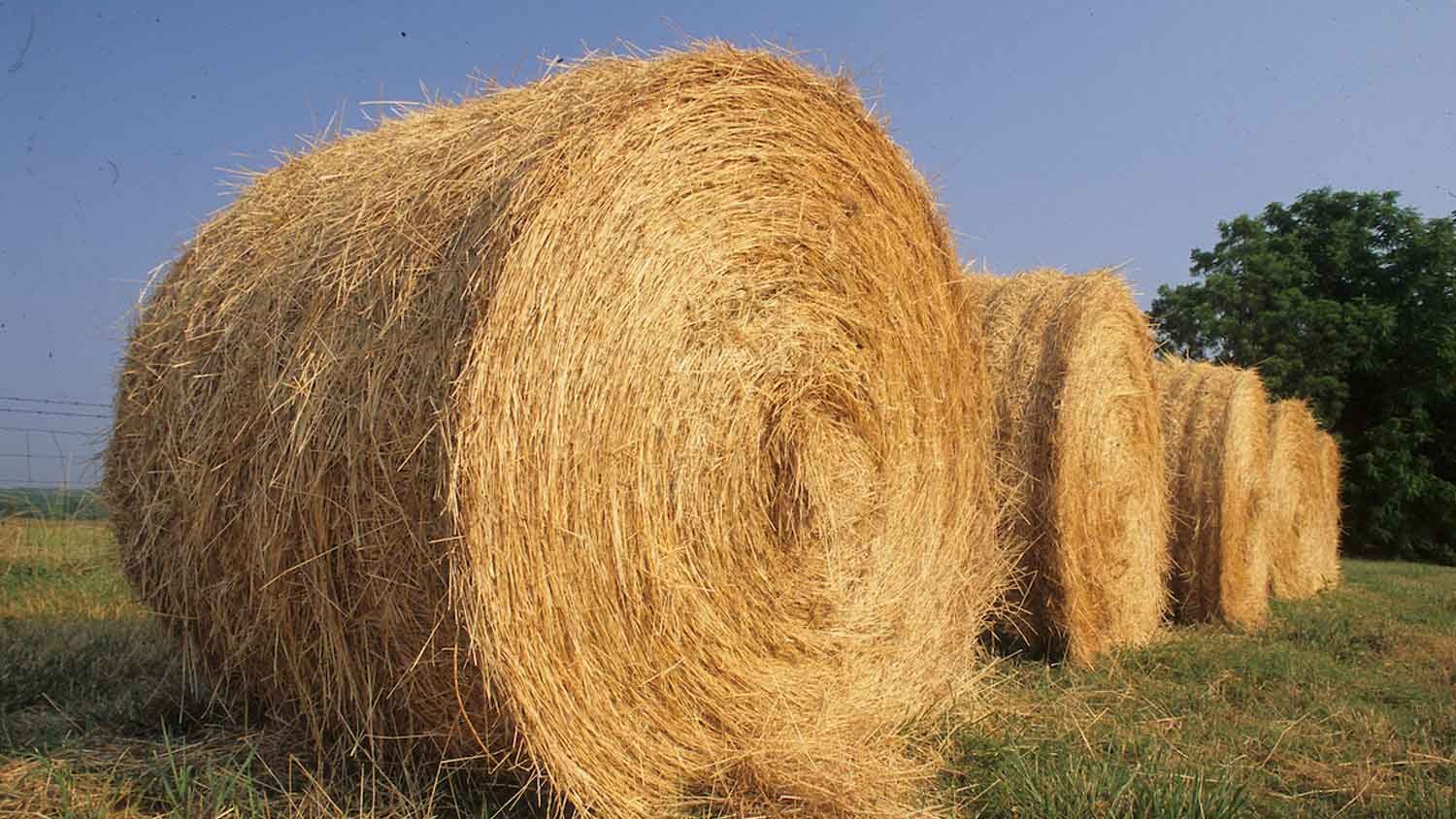
By: Dr. Heidi Schweizer and Dr. Nick Piggott, Agricultural and Resource Economics
Taken from “The Wheat Beat”
October 18, 2018
Hurricane Florence amplified the feed grain deficit in North Carolina. The local livestock industry consumes more feedstuffs than can be produced within the state. We estimate the current feed grain deficit to be approximately 50% or 156 million bushels. Despite high transportation costs, other sources from the U.S. Midwest and international imports supplement local feed supply. This year Hurricane Florence caused livestock producers to suffer losses which reduced animal inventory levels. Feed grain and oilseed producers also suffered losses because of weather conditions and flooding. Considering the feed grain market, economists characterize these events as negative shocks to local demand and supply. The numbers suggest the loss of feed grain supply outweighs the change in local feed grain demand.
It is important to understand the drivers of North Carolina’s feed grain needs to understand how these losses to livestock producers and losses to growers will affect the feed grain deficit within the state. Negative (positive) shocks in the feed grain deficit have a positive (negative) impact on local feed grain basis which impacts prices North Carolina feed grain producers receive. The main driver of North Carolina’s feed needs are hog inventories; hogs account for 55 percent of feed needs, poultry 20 percent, and cattle 25 percent. Livestock loss estimated by USDA at 4.1 million poultry and 5.5 thousand hogs, results in a 0.6 percent reduction in total North Carolina feed demand, or about 32,000 fewer metric tons of energy feed grains per year assuming these livestock are not replaced. The reduction in feed demand amounts to 1.2 million fewer bushels of corn. However, the latest USDA forecasts for this year’s corn production is 98.3 million bushels, 21 million bushels fewer than last year. This reduction in local corn supplies is a negative shock to the feed grain deficit which should result in a strengthening (increase) in North Carolina feed grain basis. In particular, we would expect a strengthening in new crop wheat basis levels in North Carolina as a result of this negative shock.
Higher new crop wheat basis levels should lead to an increase in planted winter wheat acres which, assuming average or above average wheat yields for the 2018/19 crop year, means an increase in wheat production. This expected increase in wheat production will subsequently result in a positive shock, and then a decline in the feed grain deficit because approximately 80% of wheat production is fed in North Carolina each year. Wheat producers should look for increased new crop wheat basis levels to make planting and marketing decisions for this upcoming winter wheat season.